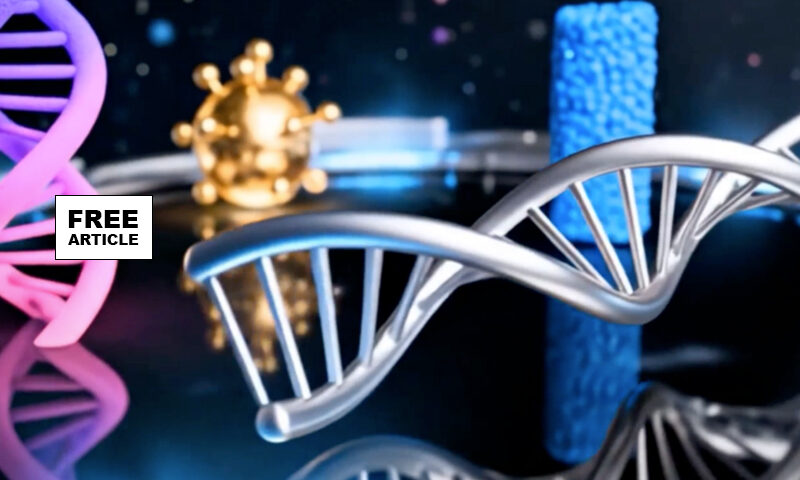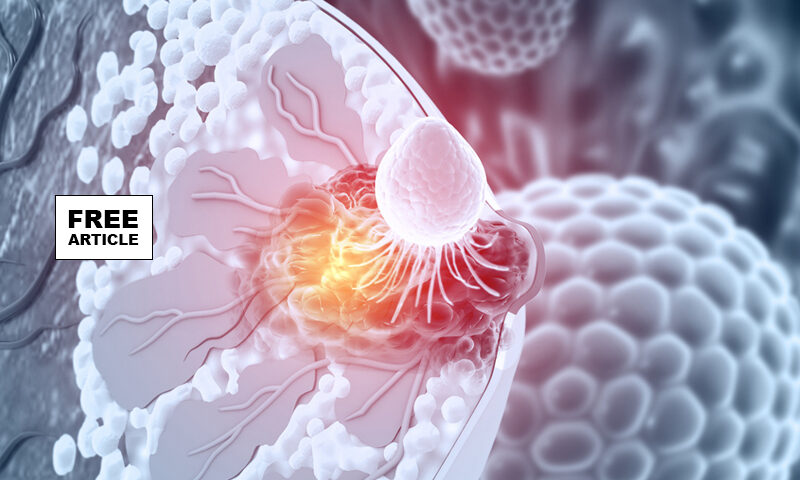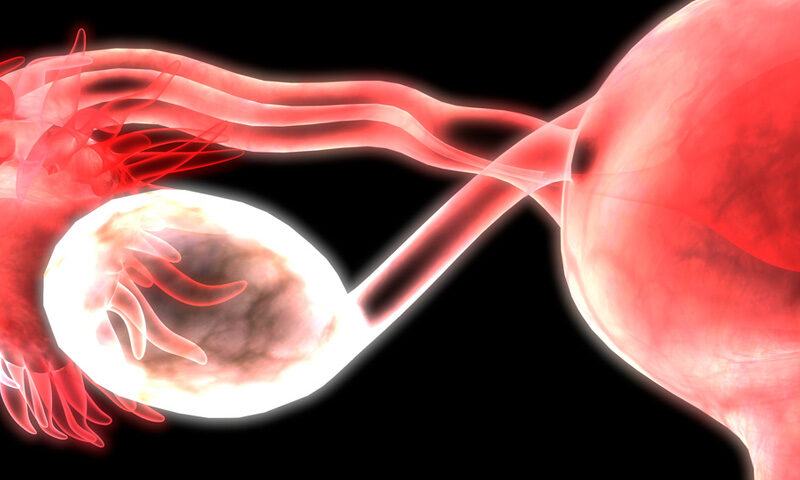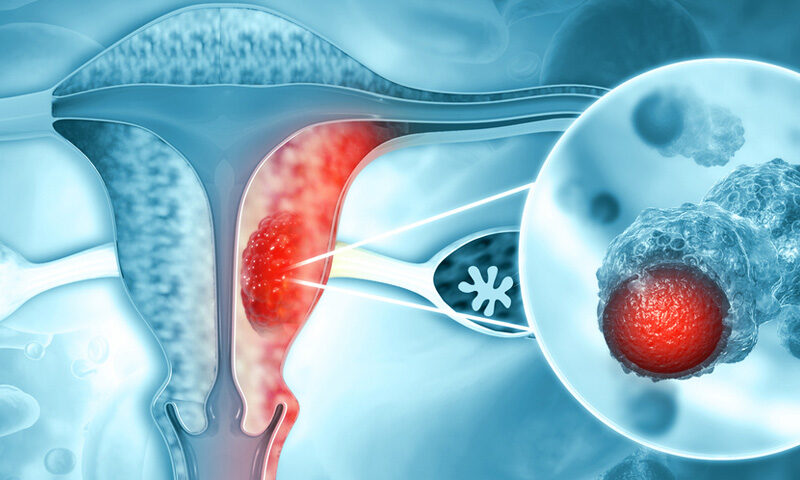FIBROIDS UBIQUITOUS BENIGN TUMORS
Uterine fibroids are noncancerous (benign) tumors that grow in or around the uterus, also known as the womb. They are very common, especially in women of childbearing age in fact they are most common tumors in women worldwide. While many women with fibroids have no symptoms, some experience heavy bleeding, pelvic pain, and other issues. Fibroids, can also affect fertility and pregnancy.








